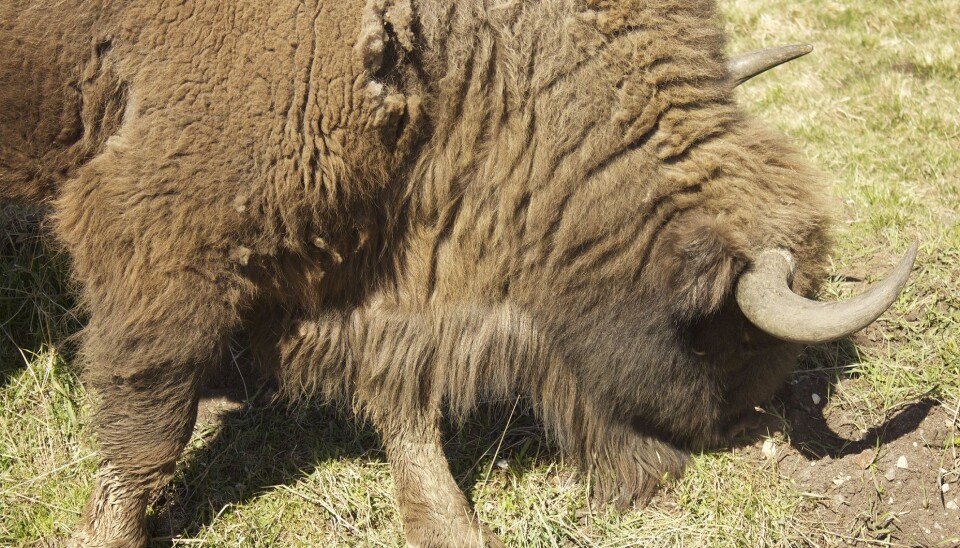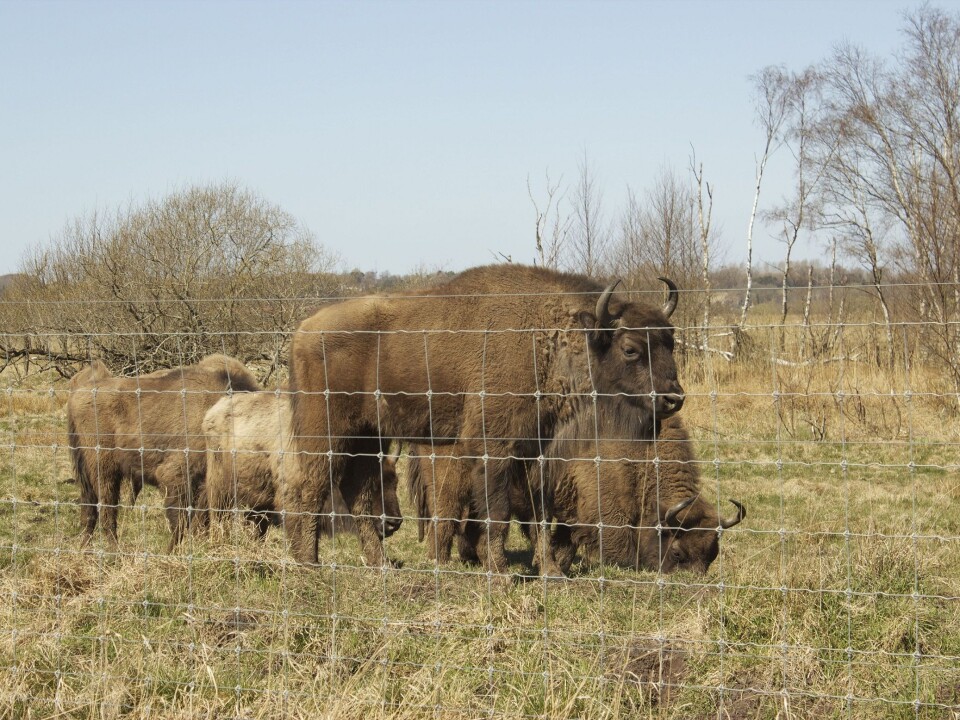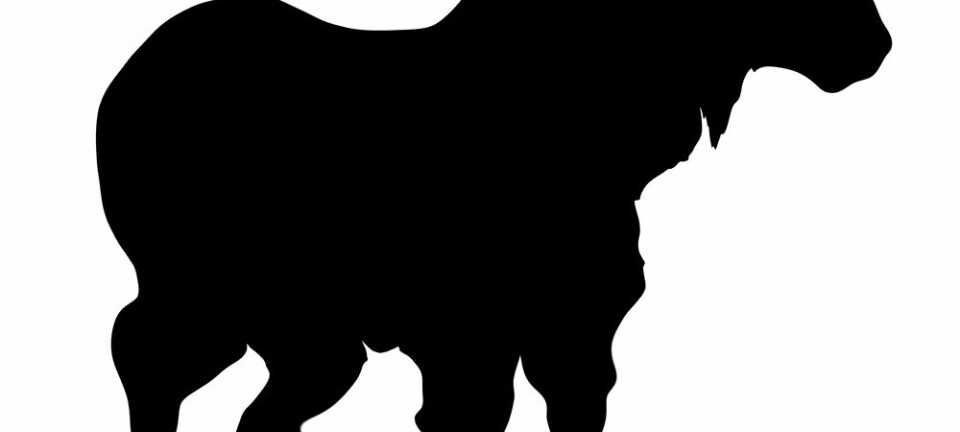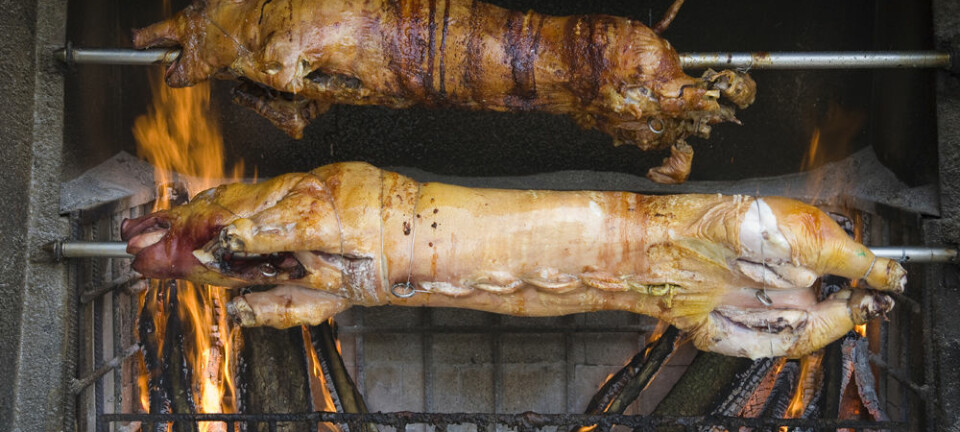
Bison may boost Danish vegetation
A new study sets out to clarify what effect the reintroduction of bison will have on the Danish countryside. The bison may open up for a more diverse flora, says researcher.
Eighteen bison have been reintroduced into the wild in Denmark in an effort to preserve the wilderness in the Danish countryside.
One of the ways for the bison to do this is by eating our plants. But what exactly does a bison eat?
This is one of the questions raised in a new PhD project, which will examine the eating habits of the bison and what effect they have on the Danish countryside.
The bison’s behaviour and choice of food may pave the way for a variety of plants that normally do not stand a chance with the traditional Danish cattle breeds.

“Traditionally, domestic cattle usually only graze in the summer, which means they can graze heavily over a short period, whereas the bison may be grazing throughout the year and thus may graze less intensely because the grazing is spread over a longer period, and that may create space for more plant species,” says Pil Birkefeldt, a biologist at Aarhus University, Denmark.
Big sociable bison boost biodiversity
The European bison can weigh up to around 900 kilos, and a large bull can weigh 1,000 kilos. This heavy weight means that the bison change the soil structure when they trample around, while at the same time spreading plant seeds around the area.
”When the bison trample the soil, it is possible that they can uncover mineral soils that are beneficial for various plant species,” says Birkefeldt.
It is, however, not only the weight that has a positive effect on the plant seeds. Their social behaviour plays a role too.
Cattle have a different way of organising themselves. The heifers graze separately, while the bull grazes in another spot. With bison, on the other hand, the entire flock sticks together, and that opens up for a social interaction which makes the bison move around and spread seeds over wide areas.
”When a bull leads the cattle around an area, the plant seeds are spread around and trampled down into the soil, where there are numerous minerals acting as substrates for the plants. The natural social structure also helps spread the grazing within the area,” says the researcher.
----------------------
Read the Danish version of this article at videnskab.dk






